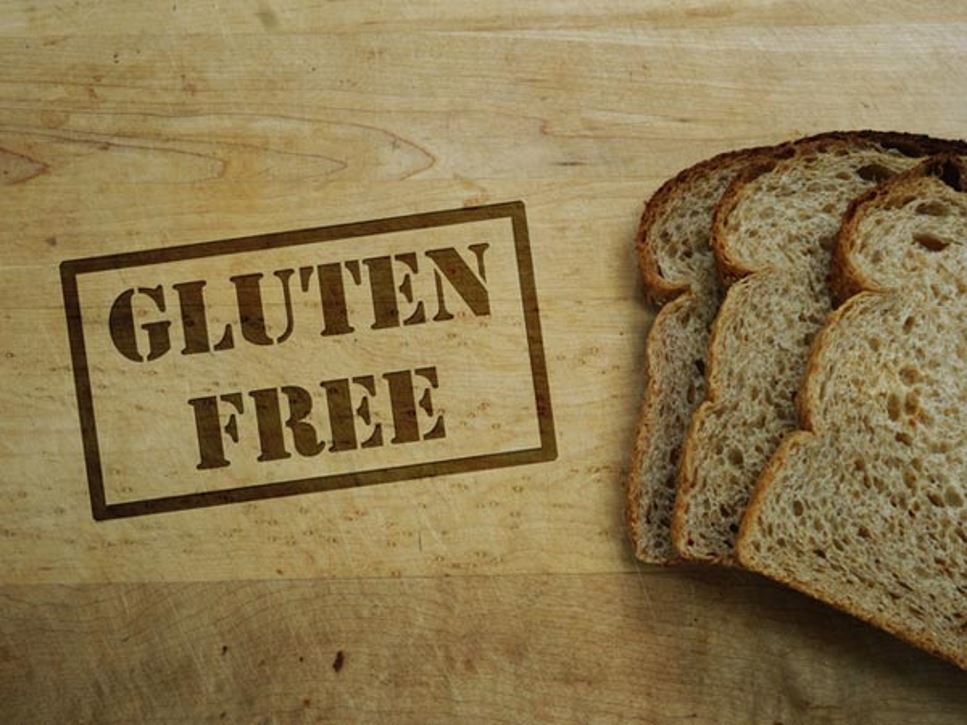In the United States, countless individuals struggle with celiac disease — a lifelong condition — which damages the lining of the small intestine and prevents it from absorbing parts of food that are important for health if left untreated. The damage is due to a reaction from eating gluten, a protein found in wheat, barley, rye and sometimes oats. The lining of the intestines contains areas called "villi," which help absorb nutrients. When people with celiac disease eat products that contain gluten, their immune system reacts by damaging the villi. This results in an inability of the body to absorb nutrients properly. Individuals may become malnourished despite how much food they may eat.
For people with the genes for it, celiac disease can develop at any point from infancy to late adulthood. And, interestingly, many of those with celiac disease may not know or may not have sought out treatment. This is partly because symptoms vary from person to person and may be overlooked.
Risk and Symptoms
The risk of developing celiac disease is greater for people who have a family member with celiac disease. It is more often diagnosed among individuals that identify as white and females. People with celiac disease may experience gastrointestinal or other symptoms, including abdominal pain, bloating, gas or indigestion, constipation, changes in appetite, diarrhea, lactose intolerance, nausea and vomiting, abnormal stools (floating, foul-smelling, bloody or "fatty") and unexplained weight loss. However, people can carry extra weight or be at a healthy weight for their height. Gastrointestinal symptoms are more common in children but can occur in adults.
Additional symptoms may include bruising easily, depression or anxiety, fatigue, hair loss, itchy skin (dermatitis herpetiformis), missed menstrual periods, mouth ulcers, muscle cramps and joint pain, nosebleeds, seizures, tingling or numbness in the hands or feet and unexplained short height.
Children with celiac disease may have defects in tooth enamel and changes in tooth color, delayed puberty, irritable and fussy behavior and slowed growth or shorter than normal height for their age.
Diagnosis
If celiac disease is suspected, speak with your medical provider before eliminating gluten from your diet. They’ll assess your symptoms and review your medical history. Blood and biopsy tests may be ordered to confirm the diagnosis.
Some people are sensitive or intolerant to gluten, but do not test positive for celiac disease. This condition is sometimes referred to as “non-celiac gluten sensitivity,” or NCGS. Symptoms of sensitivity or intolerance to gluten might include abdominal pain and bloating, diarrhea, reflux, bloating and fatigue. How gluten impacts the small intestines with gluten sensitivity is an area of ongoing study.
A gluten-free diet is the primary treatment for celiac disease and gluten sensitivity. Help from a registered dietitian nutritionist can ensure the dietary changes you make will be successful.
Find a Nutrition Expert
Looking for credible nutrition information and recommendations? The Academy of Nutrition and Dietetics' network of credentialed food and nutrition practitioners are ready to help!

